One of the best ways to commute without worrying about narrow roads or jam-parked roads is via E-Bikes.
These bikes are not restricted to any weather condition or season but they contain a battery, which can be challenging for E-bike owners during cold temperature.
Cold winters can significantly impact lithium-ion batteries of your E-bikes leading to poor battery health life and range.
Worried about your e-bike's battery life this winter? You shouldn’t be! This blog shares essential tips on how to store your e-bike battery for winter and protect it during the cold months.
Let’s get started!

Impact of Cold Weather on E-Bike Batteries
The lithium-ion batteries are designed for efficiency, sustainability and longer range for E-bikes but for any battery handling extreme cold temperatures is difficult.
Here’s how a cold weather affects a battery of E-bikes:-
- Reduced Range: Battery is all about chemical reactions in it. Cold temperatures slows down the ionic reactions within the battery that eventually lowers down the efficiency of battery power.
- Slow Charging: During winters, charging is slow because battery cells struggle to absorb enough power to recharge to its full potential.
- Potential Damage: Extended exposure to freezing conditions can harm the internal components of the battery, shortening its overall lifespan.
Now you why cold weather is not so good for your lovely E-bike. To overcome and handle this situation smartly, it crucial to adopt specific strategis for usage, storage, and maintenance.
Useful Tips For Using E-Bike’s Battery in Winter
It’s now time to discuss some of the useful tips that helps you to keep your e-bike battery safe and long-lasting during winters.
Keep The Battery Warm
Lithium-ion batteries function best at temperatures between 15°C and 25°C (59°F to 77°F). When riding in winter, the external temperature can quickly dip below this range. To solve this:
- Remove the battery from the E-bike and store it indoors when the bike isn’t in use.
- Use an insulated or neoprene battery cover while riding to help retain warmth of the battery.
Monitor Your Battery Levels
Avoid depleting your battery entirely during winter rides. A charge level between 30% and 80% is ideal for preserving battery health. Keeping your battery in this range reduces strain and helps extend its lifespan.
Plan for Reduced Range
Expect a drop in your e-bike’s range during cold weather. Plan shorter rides or carry a spare battery if you’re heading out on a longer journey. Pedaling more and relying less on motor assistance can also help conserve battery power.
Protecting Your E-Bike Battery During Winter Storage
If you’re storing your e-bike for an extended period during winter, proper storage practices are essential to prevent degradation. Here’s how to store your e-bike battery correctly:
1. Choose the Right Environment
Store the battery indoors in a dry location where the temperature remains stable. Ideal storage conditions are between 15°C and 20°C (59°F to 68°F). Avoid unheated garages or sheds where temperatures can dip below freezing.
2. Partially Charge Before Storage
Fully charged or completely drained batteries are more prone to degradation over time. For long-term storage, charge the battery to about 50% to 70% and check the charge level periodically. Recharging every few months helps maintain optimal health.
3. Protect Against Moisture
Winter often brings increased humidity, which can lead to condensation. Use waterproof or moisture-resistant storage solutions to keep your battery dry. If you’re storing the entire bike, consider a weatherproof bike cover to shield it from damp conditions.
Riding Your E-Bike in Winter: Best Practices for Performance
If you enjoy winter rides, taking extra care of your e-bike and battery will ensure smooth performance. Here are some additional tips:
1. Preheat Your E-Bike
Before starting your ride, allow your e-bike to warm up indoors if possible. A warm start reduces the stress on your battery and motor, helping both function more efficiently in cold conditions.
2. Pedal More, Assist Less
Relying on pedal power rather than high motor assistance levels can conserve your battery during winter rides. Not only does this extend your range, but it also helps keep you warm by engaging your muscles more.
3. Inspect Before and After Rides
Winter conditions can be tough on your e-bike’s components. Regularly inspect the battery and connections for any signs of damage, corrosion, or moisture buildup.
Safety Tips for Winter E-Bike Use
- Avoid Water Damage: Snow, slush, and ice can seep into your battery compartment. Ensure all seals are intact, and use a cover if necessary to protect against water ingress.
- Check Connections: Cold weather can cause metal components to contract, leading to loose connections. Double-check all connections before each ride.
- Carry Essential Tools: Equip yourself with a repair kit, spare battery, or portable charger in case of emergencies during winter rides.
Maximizing E-Bike Battery Longevity Year-Round
The care you give your e-bike battery in winter sets the tone for its performance throughout the year. Incorporating the following habits will ensure it remains in peak condition:
- Regular Maintenance: Clean your battery contacts and check for damage periodically.
- Use Manufacturer Accessories: Always use the charger and protective gear recommended by your e-bike’s manufacturer.
- Recycle Responsibly: When your battery reaches the end of its life, dispose of it through a certified e-bike battery recycling program.
Winter E-Bike Battery FAQs
-
Will my e-bike battery freeze in winter?
Most lithium-ion batteries are designed to withstand mild freezing temperatures but can suffer damage if left in extremely cold conditions for extended periods. Always store your battery indoors when not in use. -
How can I tell if my battery is damaged by cold?
Signs of damage include significantly reduced range, swelling, or difficulty holding a charge. If you notice these issues, consult a professional technician. -
Is it safe to ride my e-bike in the snow?
Yes, but exercise caution. Ensure your battery is protected from moisture, and ride at lower speeds to maintain control on slippery surfaces.
Conclusion
Caring for your HAOQI e-bike battery during winter is a combination of proactive measures and mindful riding habits.
By keeping your battery warm, charging it correctly, and storing it safely, you can preserve its performance and longevity. Winter may bring challenges, but with these tips, you can enjoy smooth, worry-free rides even in the coldest months.


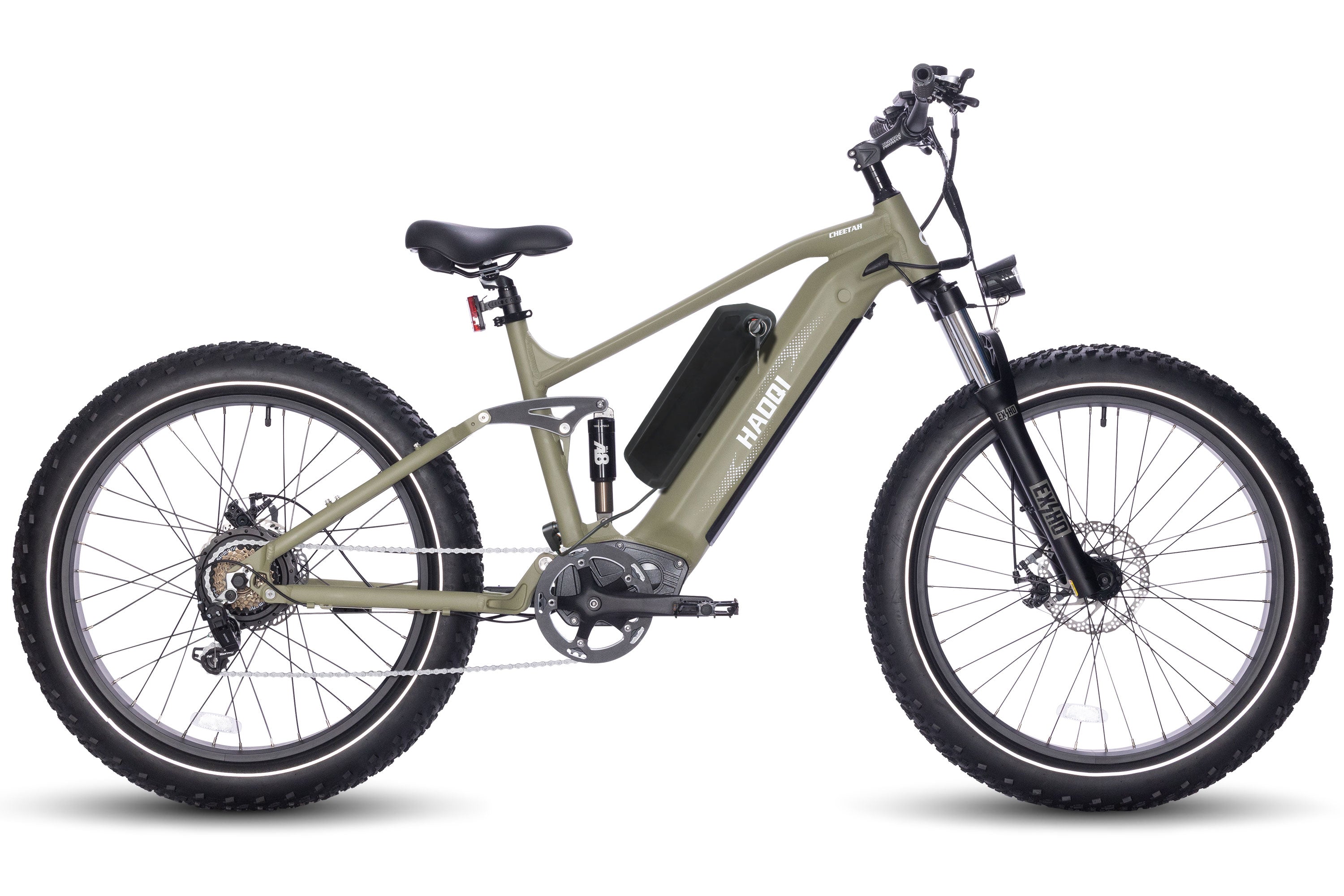
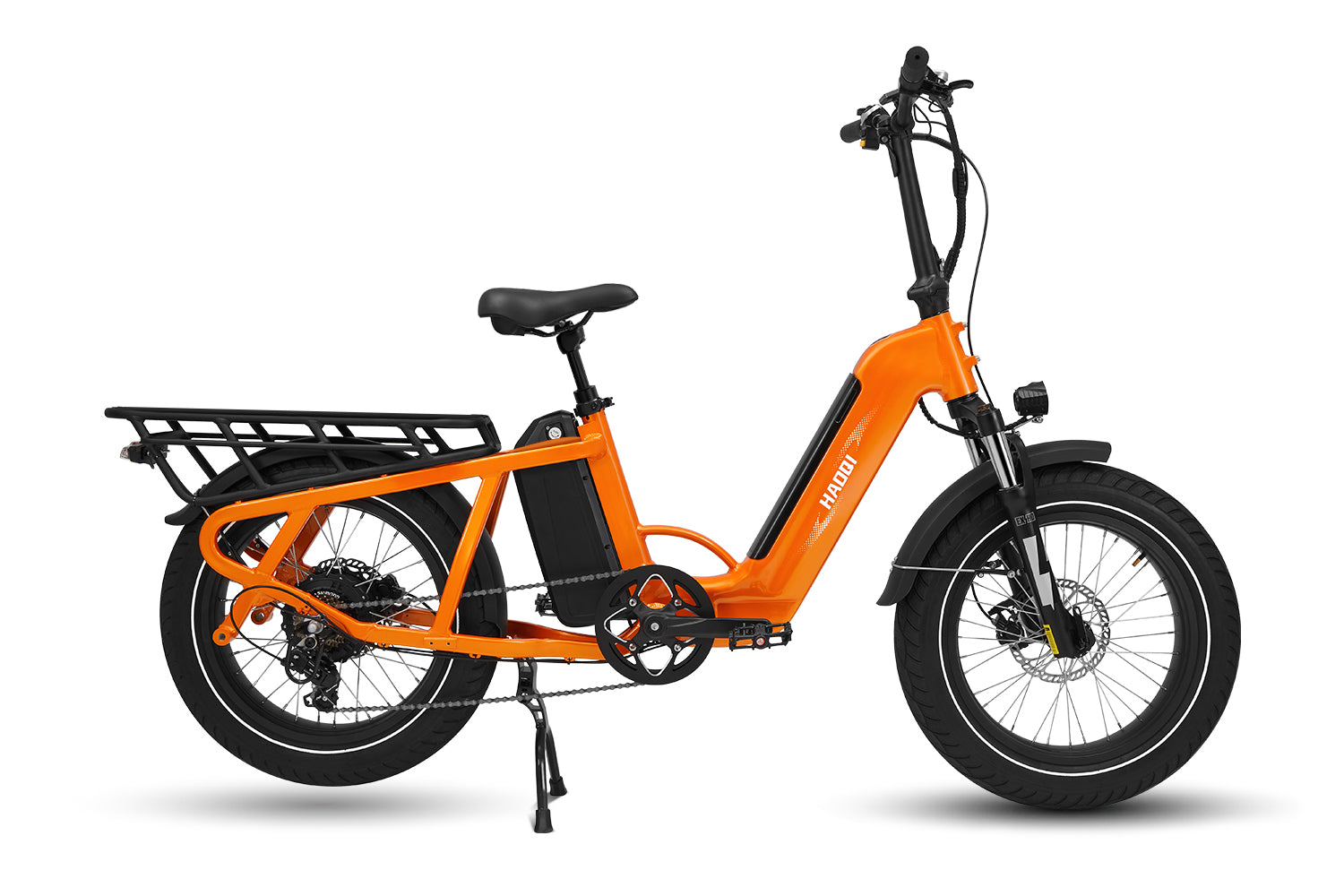
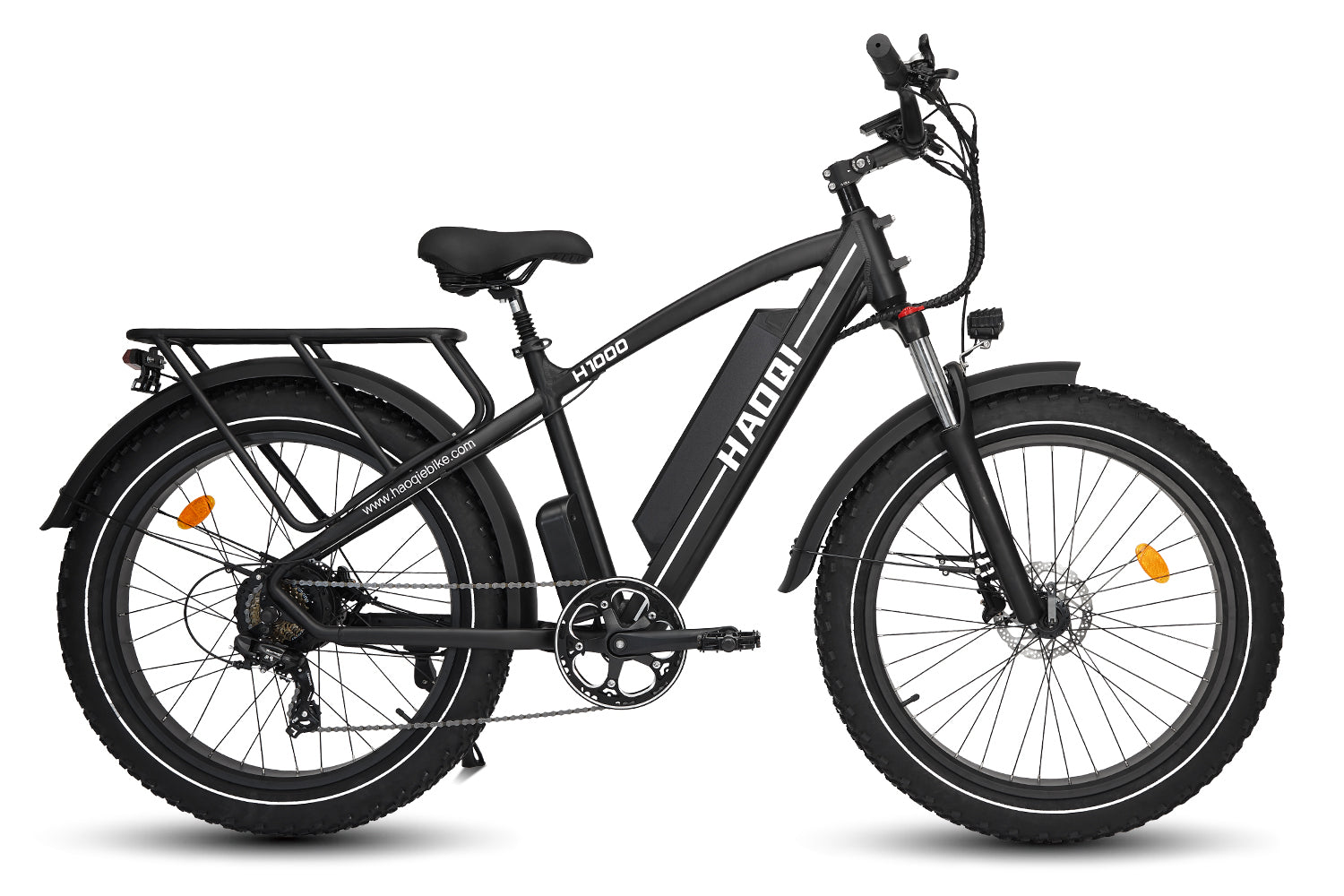
![HAOQI Antelope 500W Cargo Electric Bike (UL Certified) [electric bike] [HAOQI ebike]](http://haoqiebike.com/cdn/shop/products/haoqi-antelope-cargo-electric-bike-with-dual-battery-haoqiebike-com-1.jpg?v=1753954498&width=1500)
![HAOQI Squirrel Folding Electric Bike (UL Certified) [electric bike] [HAOQI ebike]](http://haoqiebike.com/cdn/shop/files/1_03c67b67-715e-4617-a648-51f108ceb425.jpg?v=1766473332&width=1500)
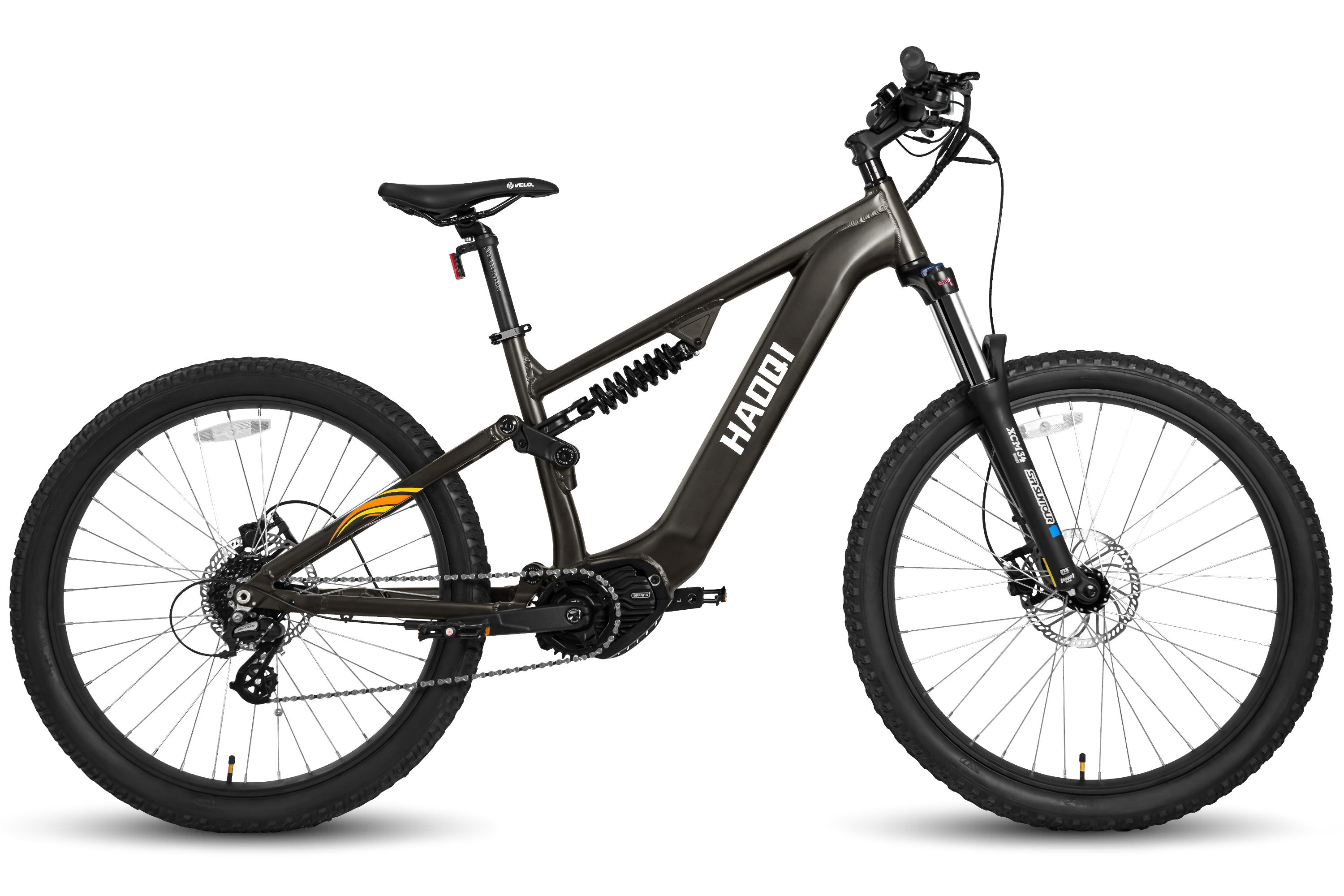
![HAOQI Eagle Long Range Electric Bicycle (UL Certified) [electric bike] [HAOQI ebike]](http://haoqiebike.com/cdn/shop/files/2_bf7ae46b-aad6-472a-9c14-d56ca3f0feb6.jpg?v=1755142722&width=1500)
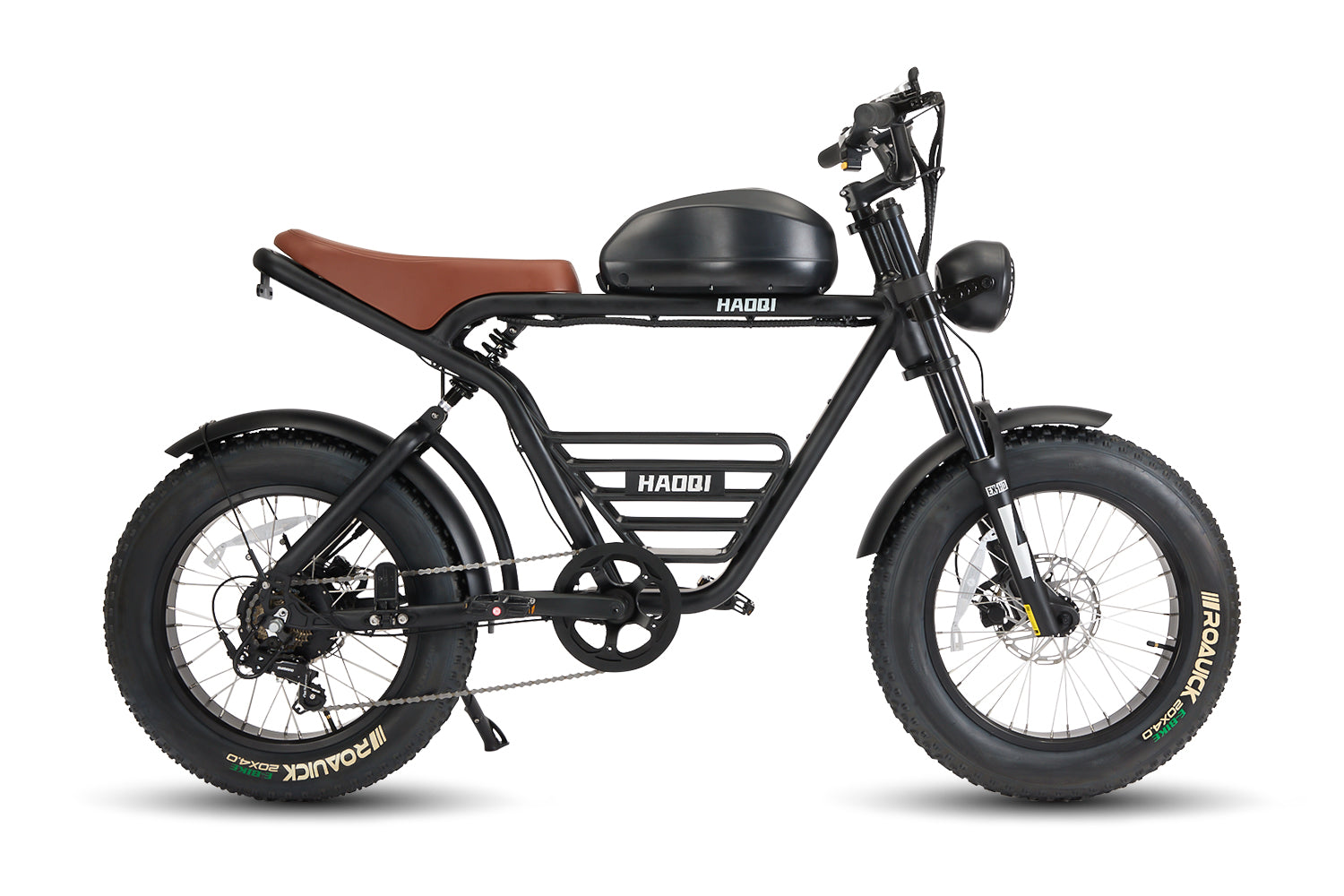
![HAOQI Antelope Pro 750W Cargo Electric Bike (UL Certified) [electric bike] [HAOQI ebike]](http://haoqiebike.com/cdn/shop/products/haoqi-antelope-pro-cargo-electric-bike-with-dual-battery-750w-haoqiebike-com-1.jpg?v=1751610204&width=1500)
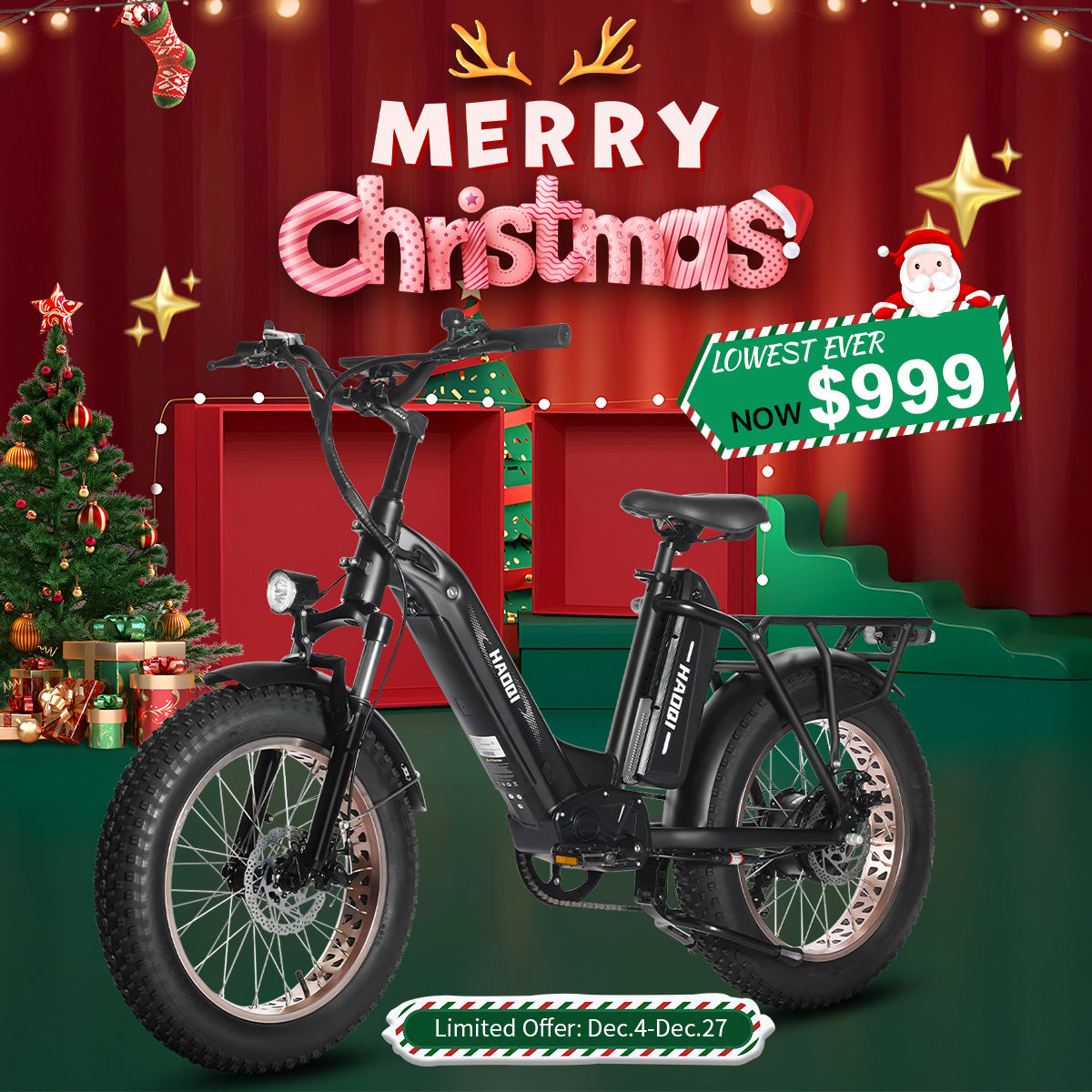



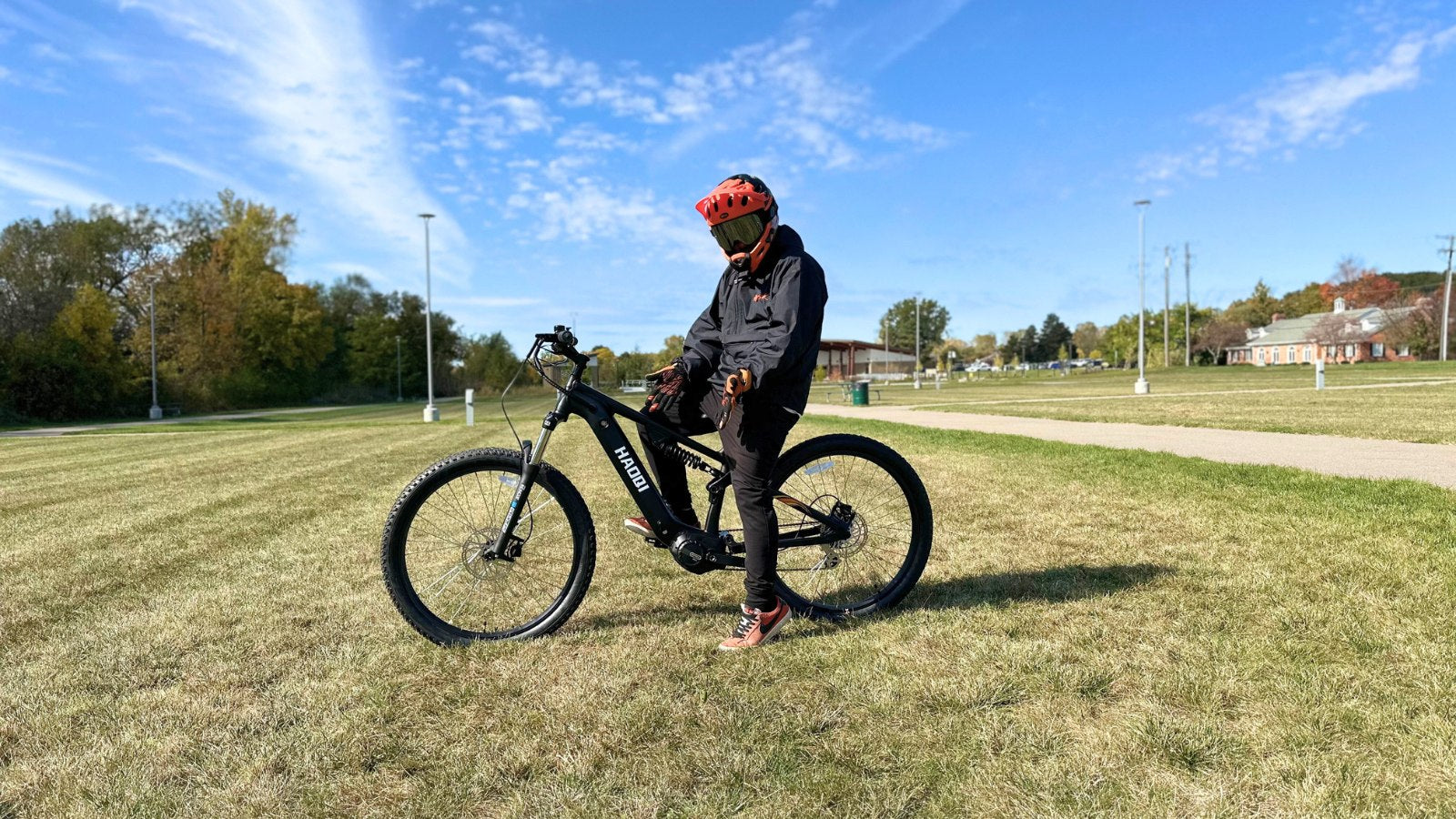




Leave a comment
All comments are moderated before being published.
This site is protected by hCaptcha and the hCaptcha Privacy Policy and Terms of Service apply.